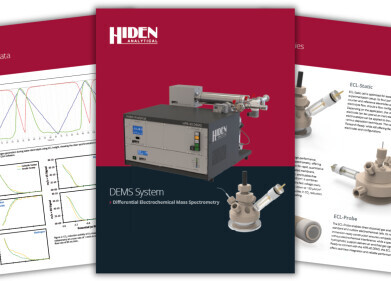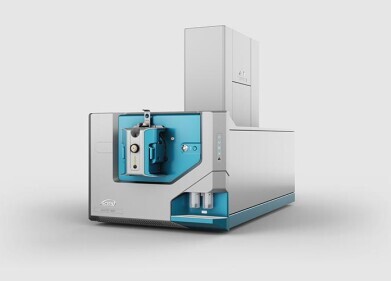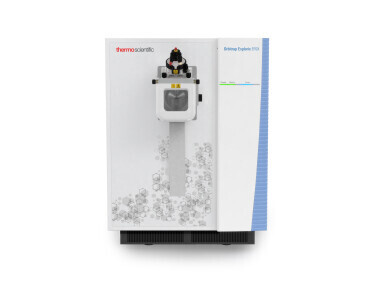Mass spectrometry & spectroscopy
What is NIR Spectroscopy?
May 01 2022
Near Infrared (NIR) Spectroscopy is an analytical technique used across a wide range of sectors and industries. From profiling the chemical and physical properties of raw materials used for steelmaking to determining the protein and fat contents of food products, NIR can be used to analyse most solid, liquid and slurry samples.
Below, we take a closer look at the basics of NIR Spectroscopy, how it works and why it’s such a valuable analytical tool.
The near-infrared region
As the name suggests, NIR Spectroscopy focusses on the near-infrared region of the electromagnetic spectrum. This falls between 780 nm and 2500 nm, just outside the range normally visible to the human eye.
Light in the near-infrared region interacts with chemical compounds present in the sample in different ways, with special instruments used to measure absorbance and transmittance patterns. Data is used to identify and quantify the unique characteristics of a sample.
The origins of NIR Spectroscopy
German-British astronomer William Herschel is credited with the discovery of the near-infrared (NIR) region of the electromagnetic spectrum, though it wasn’t until the late 1960s it was developed into an analytical technique. Since then, NIR Spectroscopy has emerged as one of the most useful tools in a scientist’s arsenal. Today it’s used across a wide range of industries, including pharmaceuticals, chemical products, agriculture and food.
The benefits of NIR Spectroscopy
- Easy to use - NIR Spectroscopy is relatively straightforward to operate
- Minimal sample preparation – quick and easy
- Fast analysis – results in as little as 10 seconds
- Capacity for simultaneous results across a range of parameters using a single sample
- Accurate and reliable
- A cost effective analytical technique – one researcher can analyse hundreds of samples per day
Applications for NIR Spectroscopy
With so many benefits to offer, it’s no wonder NIR Spectroscopy is one of the most popular analytical techniques used by modern scientists. In the agriculture industry, NIR Spectroscopy is being used to improve soil management practices. Spectral data is used to analyse the water-carrying potential of soil and help farmers develop irrigation strategies. In the forestry sector, NIR Spectroscopy is paired with chemometrics methods to identify wood species.
“The chemical composition of wood is very complex. Many experimental studies have shown that cellulose, hemicellulose, lignin, and other organic molecules (such as glucose, fructose, pinitol, sorbitol, and inositol) are contained in wood, and these substances all have spectral response in the NIR region,” reads a report published in the journal Spectroscopy Supplements.
NIR Spectroscopy offers incredible insight into the chemical and physical properties of a sample, however it’s not the only analytical technique available to scientists. From X-Ray Spectroscopy to Atomic Absorption Spectroscopy (AAS), we take a closer look at some alternative methods in our complete guide - ‘What Are the Different Types of Spectroscopy?’
Digital Edition
Lab Asia Dec 2025
December 2025
Chromatography Articles- Cutting-edge sample preparation tools help laboratories to stay ahead of the curveMass Spectrometry & Spectroscopy Articles- Unlocking the complexity of metabolomics: Pushi...
View all digital editions
Events
Jan 21 2026 Tokyo, Japan
Jan 28 2026 Tokyo, Japan
Jan 29 2026 New Delhi, India
Feb 07 2026 Boston, MA, USA
Asia Pharma Expo/Asia Lab Expo
Feb 12 2026 Dhaka, Bangladesh
.jpg)


















